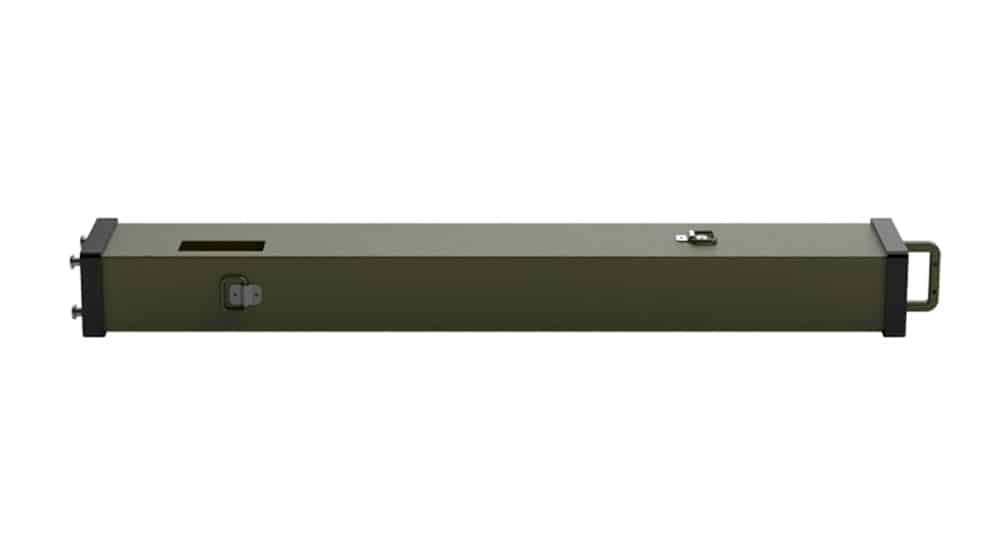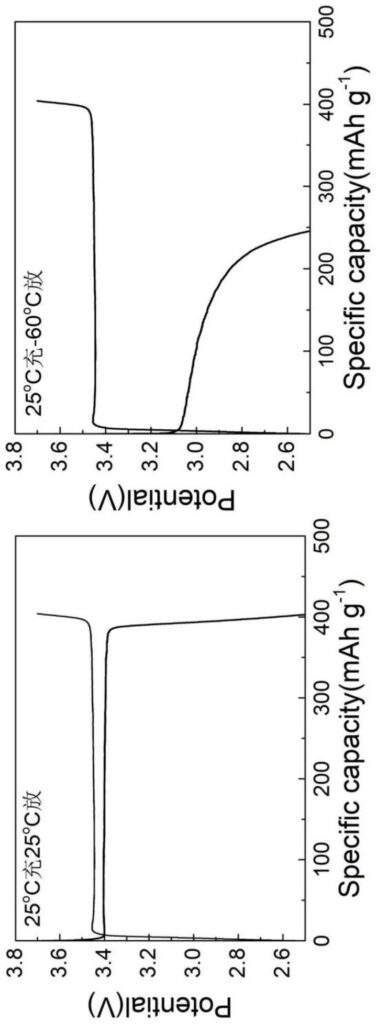- Curved Lithium Polymer battery
- Fast Charge Polymer Battery
- Flexible Polymer Lithium Battery
- Ultra-thin Polymer Battery
/ Blog / Battery Knowledge /
How to prepare ultra-low temperature lithium ion batteries that can work normally at minus 60°C?
18 Oct, 2021
By hoppt

Recently, Ding Jianning of Jiangsu University and others have used lithium iron phosphate coated mesoporous carbon as a positive electrode material and a hard carbon material rich in mesoporous structure prepared by electrospinning technology as a negative electrode material. Lithium bistrifluoromethanesulfonimide LiTFSi salt and the electrolyte of DIOX (1,3-dioxane) + EC (ethylene carbonate) + VC (vinylidene carbonate) solvents are assembled into a lithium-ion battery. The battery material of the battery of the invention has excellent ion transmission characteristics and rapid desolvation characteristics of lithium ions, as well as a low-temperature electrolyte that maintains good performance at low temperatures, ensuring that the battery can still work normally at minus 60°C.
As the most rapidly developing technology in the battery industry, the public widely welcomes lithium-ion batteries for their high working voltage, high energy density, long cycle life, low self-discharge, no memory effect, and "green" environmental protection. The industry has also invested a lot of research. There are more and more researches on lithium ions that can adapt to ultra-low temperatures. However, under low-temperature environments, the viscosity of the electrolyte will increase sharply, and it will prolong the movement of lithium-ion batteries between electrode materials. In addition, the electrolyte will be positive at low temperatures. The SEI layer formed in the negative electrode will undergo a phase change and become more unstable. Therefore, the positive and negative electrode materials in the present invention provide a more stable SEI formation environment, a shorter transmission distance, and an electrolyte with a lower viscosity at low temperatures, realizing a lithium battery that can still work at an ultra-low temperature of minus 60°C. . The technical problem to be solved by the invention is to overcome the limitation of the application of lithium battery materials in low-temperature environments and the problem of high viscosity of conventional electrolytes at low temperature and low ion mobility, and provide a high-rate charging and discharging at ultra-low temperature The lithium-ion battery and the preparation method thereof utilize the lithium-ion battery to achieve excellent charge and discharge performance at low temperatures.
Figure 1 Comparison of electrochemical performance of low-temperature lithium-ion batteries at room temperature and low temperature.
The beneficial effect of the invention is that when the harmful electrode material is used as an electrode sheet, no binder is required. It will not reduce the conductivity, and it will enhance the rate of performance.

Attachment: patent information
Patent name: Preparation method of ultra-low temperature lithium-ion battery that can typically work at minus 60°C
Application publication number CN 109980195 A
Application announcement date 2019.07.05
Application number 201910179588 .4
Application date 2019.03.11
Applicant Jiangsu University
Inventor Ding Jianning Xu Jiang Yuan Ningyi Cheng Guanggui



